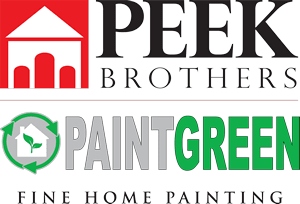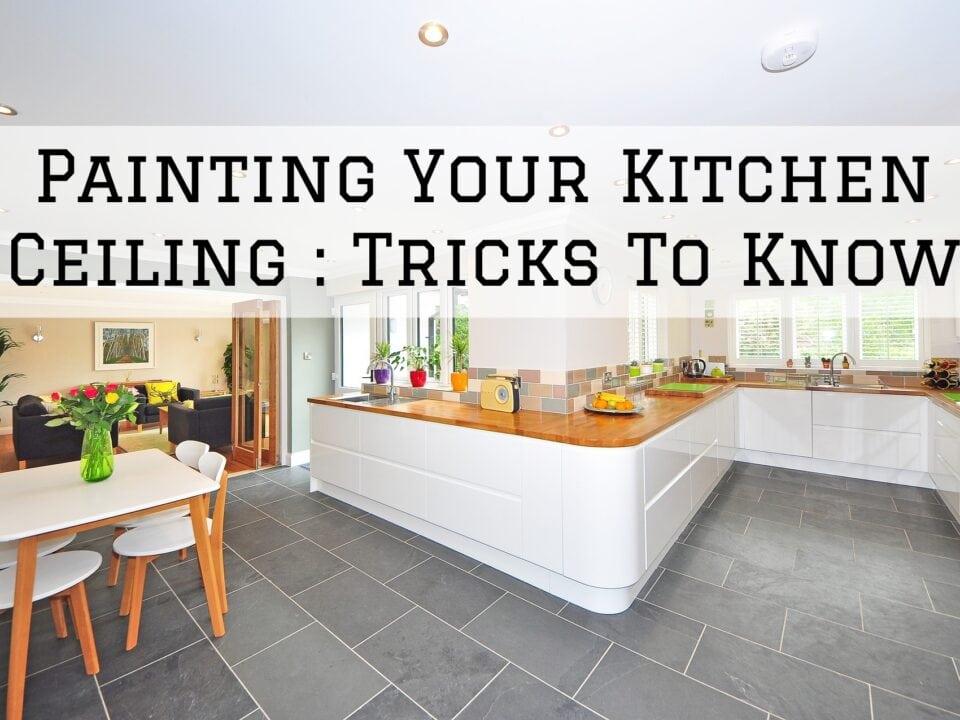Which Paint Sheen Should I Use for My Home Interior In San Diego?

How Often Should I Stain My Deck?
June 3, 2019
Differences Between Interior and Exterior House Paints
June 20, 2019When it comes to choosing interior paint for homes in San Diego, many homeowners focus on paint color, and indeed this is critical to the final look of your paint job. However, not many homeowners and DIY painters give much thought to paint sheen –perhaps not being aware of the equally big role the ‘shininess’ of your paint plays.
Paint sheen has a direct impact on how a shade looks, how easy it is to clean and how well it hides imperfections on your walls. Apart from just choosing the color, it’s important that you give enough consideration to the sheen options available for your interior painting. Here is a quick look at the main ones and where they can be used:
1) Matte Paint
Matte paints are also commonly referred to as flat paints, and they’re quite commonly used on walls and ceilings. This type of paint offers little or no shine, which allows other design features in your interior to have the attention. You can use a matte finish in pretty much any room. They also tend to hide surface imperfection such as cracks and chips, making it a great fit for older homes. On the flip side, matte paints are often hard to clean when they get stains and marks –so probably not the best for high traffic areas such as the hallways.
2) Matte-enamel Paint
Matte-enamel is more or less similar to the matte paint discussed above –it offers little to no shine. This particular formulation is however modified slightly so that it creates a film on the surface when it dries. The makes it slightly more durable and easier to clean –they will stand up to light scrubbing with water and mild soap. These attributes make this finish suitable for use in high traffic areas such as the kitchens.
3) Eggshell Paint
Eggshell paint offers a bit of shine on the surface but doesn’t produce the overwhelming luster characterized by the shinier finishes. It also cleans better compared to matte. This makes it a perfect candidate for decorative finishes, but it might not hold up well in high traffic areas such as the bathroom and kitchens. The other downside is that the paint might show cracks and other imperfections on the surface over time.
4) Satin Paint
Satin paint is one step up from the eggshell finish, offering a bit more shine than both matte and eggshell but slightly less than gloss paint. It’s kind of a midpoint between glossy and flat paints, and probably the most popular interior paint finish. The finish cleans easily and most commonly used for framing elements like doorways, trim and moldings.
Thanks to its durability, satin paint can also be reliably used in high traffic areas such as kitchen, bathrooms, and hallways. It also resists peeling and chipping fairly well. The only downside here is that it tends to show individual brushstrokes during touch-ups.
5) Gloss/Semi-gloss Paint
Semi-gloss and gloss paints are the shiniest of all the sheens. Semi-gloss paint is similar to satin but offers a slightly extra shine that bounces off more light. Semi-gloss finishes are a great choice for any surfaces that need to be frequently cleaned such as kitchen cabinets, fireplace mantels or banisters.
Gloss paint, on the other hand, is the most reflective and commonly used on surfaces such as furniture, door trim, and window trim. Gloss finish needs to be used carefully on the walls because it can produce an overwhelming glare in spaces that receive too much natural light. Both gloss and semi-gloss paints resist scratches and scuffs well and are very washable. However, they’re both not good at hiding surface imperfections.
Bottom Line
As you can see, paint sheen has a huge impact on the final look of your paint job, and using the ‘wrong’ sheen can either distort the color impression, produce a surface that is too glaring or make it difficult to maintain your paint job.
If you need any professional assistance with your interior painting project in San Diego, Peek Brothers Painting can help. Give us a call today to get started!





